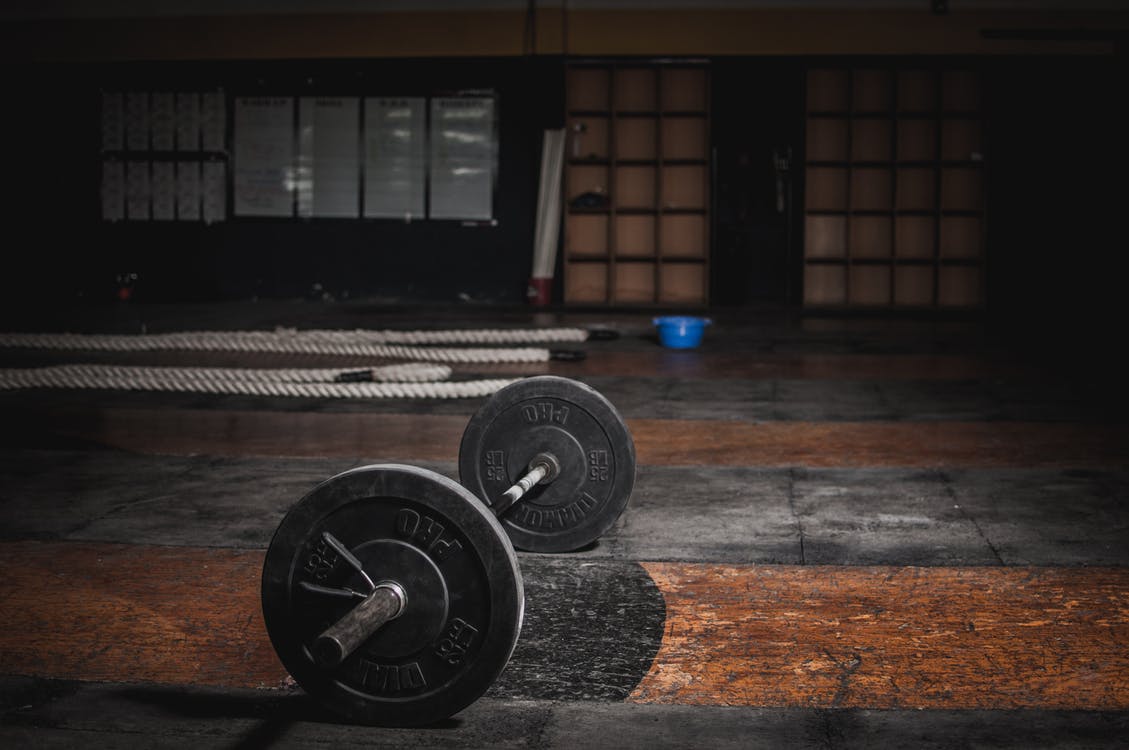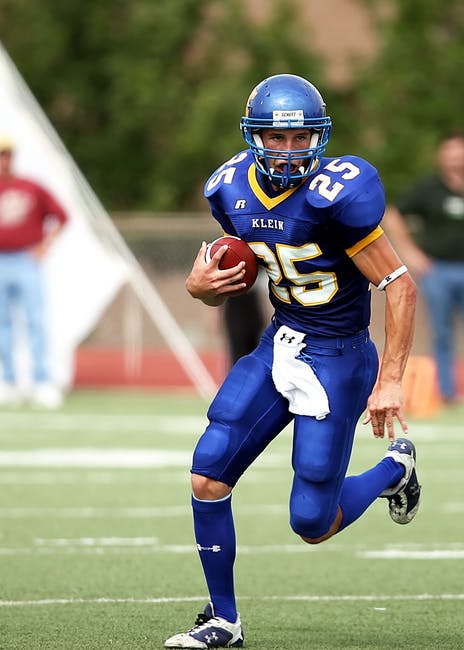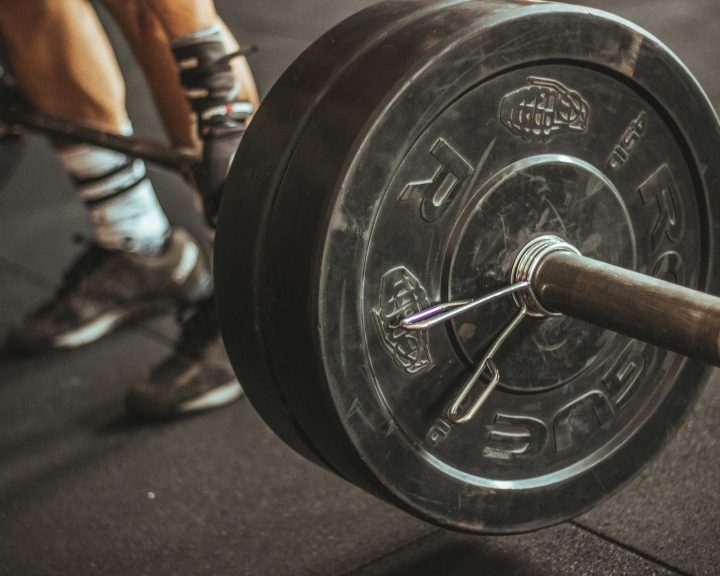The authors had subjects perform an interesting variation of a one-legged seated knee extension. After determining their 1-RM using their dominant leg, subjects performed testing at 20%, 60%, and 90% of 1-RM. The subjects did three repetitions at each resistance. For each, they began in the extended position with the leg unloaded. From that position, the load was released onto the leg and the subject performed a fast eccentric/concentric contraction with the instructions being to kick the load high and fast. EMG was recorded, ultrasonography was used to look at what is going on in the muscle and at the tendon, and kinetics were recorded.
The results are interesting:
• As the load increased, the movement duration increased.
• As the load increased, the portion of the movement that was the eccentric phase decreased.
• As the load increased, the concentric angular velocity and acceleration decreased.
• Peak tendon (patellar) force increased by almost 97% from 20% to 60% of 1-RM and almost 160% from 20% to 90% of 1-RM.
• Patellar tendon maximum rate of force development increased by almost 103% from 20% of 1-RM and almost 156% from 20% to 90% of 1-RM. However, the rate of force development was greater during the 20% 1-RM condition than 90% for the concentric phase.
• The length of the tendon was greatest at 20% and lowest at 90% during the eccentric phase, but the opposite occurred during the concentric phase.
• There were no differences in muscle length over the three loading conditions.
Some of the results make a lot of sense. It takes longer to conduct a heavier movement. Less time is being spent in the lowering phase with a heavier movement. The velocity of a heavier movement is slower than a lighter one. It takes more force to lift a heavier weight, etc. Now, the interesting information is in the muscle and tendon behavior during the testing conditions.
We’re used to saying that a stretch shortening activity is due to elastic energy as a result of the muscle lengthening, at which point the stretch reflex kicks in. While the muscle lengthened during the eccentric phase, the muscles did not lengthen by a different amount to overcome the various loads. What happened was the tendon went from lengthening in the 20% conditioning, to becoming stiffer during the 90% condition. In other words, yes the muscles lengthened during the eccentric phase of the movement. However, the difference that allowed the greater loads to be overcome was at the tendon. This information actually reinforces an article I reported on earlier (see http://wp.me/p1XfMm-9N ) which found that the tendon shortens while the muscle fibers lengthen during these types of movements.
Now, a few considerations. First, would trained athletes behave differently? For example, stronger athletes with experience in plyometrics and sprinting? This is unclear. Second, the knee extension is a single joint exercise. Some of the quadriceps also cross the hip joint. Would a movement like a vertical jump have different results? For example, during the vertical jump descent the quadriceps are flexing the hip while the hamstrings are flexing the knee, during the vertical jump ascent the quadriceps are extending the knee while the hamstrings are extending the hip. So it’s unclear if a relatively simple movement like the knee extension has results that are applicable to a more complicated movement like the vertical jump, or a sprint.
Earp, J.E., Newton, R.U., Cormie, P., and A.J. Blazevich. (2014). The influence of loading intensity on muscle-tendon unit behavior during maximal knee extensor stretch shortening cycle exercise. European Journal of Applied Physiology, 114, 59-69.




